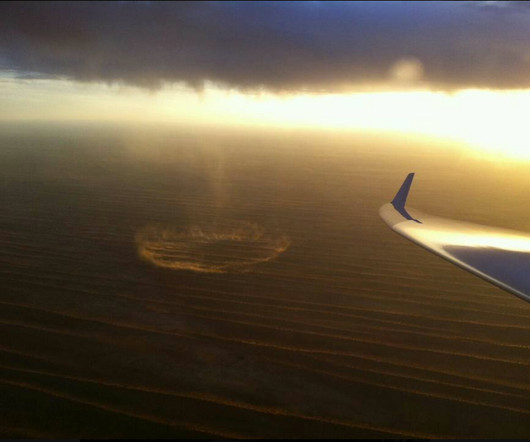Riding the Mountain Waves
Plane and Pilot
NOVEMBER 27, 2024
Often, turbulence is the harbinger of mountain waves, not the ideal ceiling—and visibility unlimited—day. FAA weather charts can help for higher altitudes but when just a few thousand feet agl, they may be less useful. We experienced moderate turbulence even at our gate. I flew into that and the venturi effect that day.


















Let's personalize your content